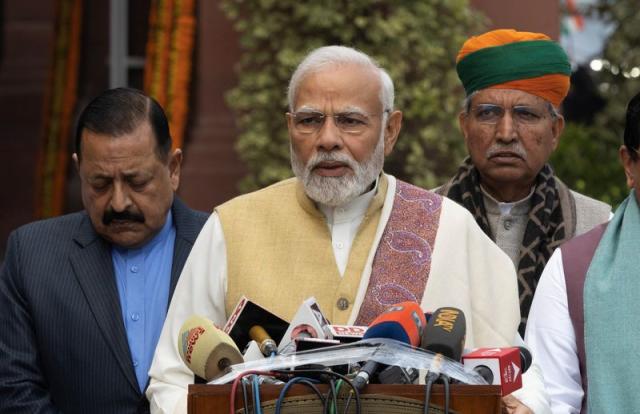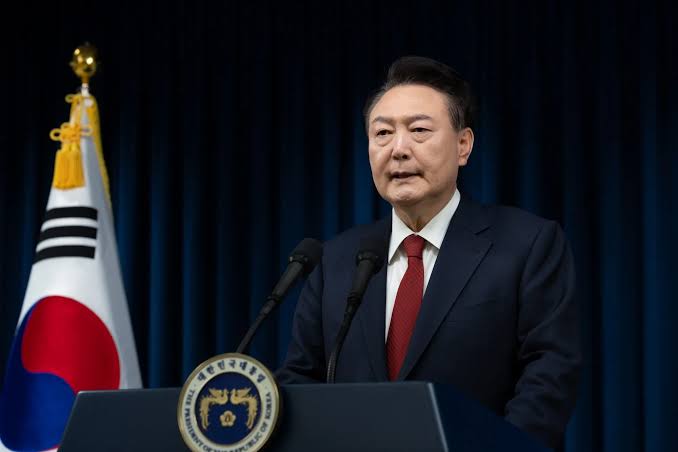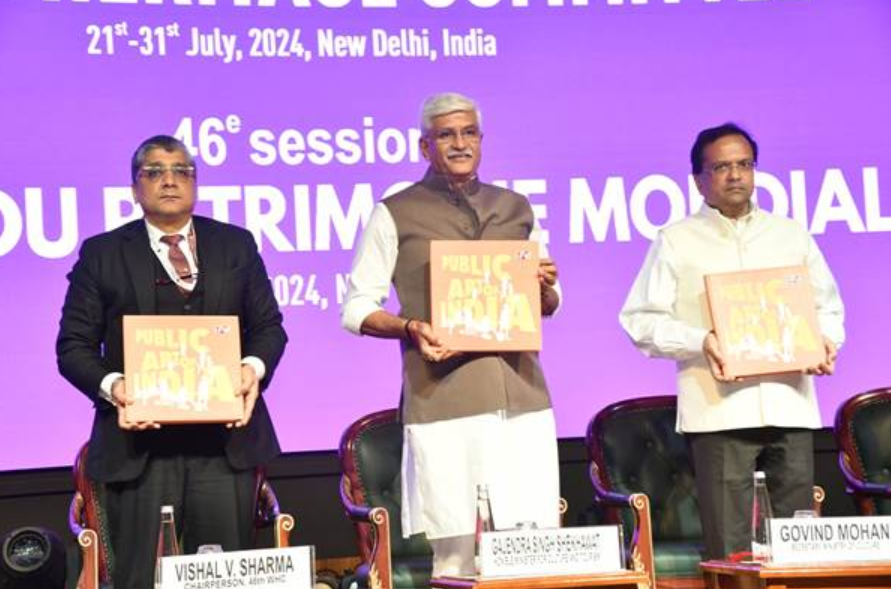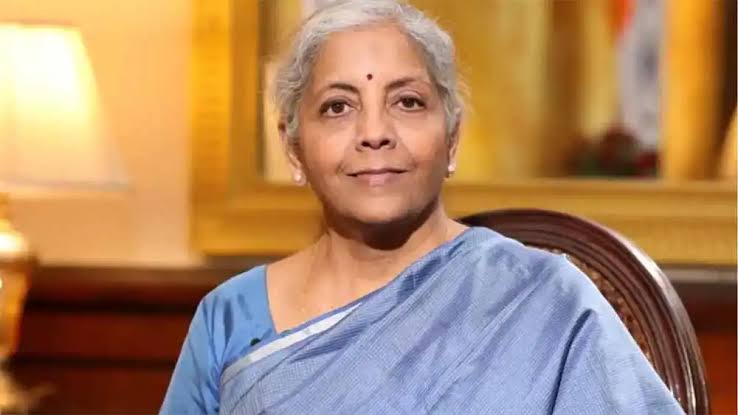On Thursday, Prime Minister Narendra Modi delivered his longest Independence Day speech to date, lasting 98 minutes and surpassing his previous record of 96 minutes from 2016. Known for his lengthy addresses, Modi’s speeches average around 82 minutes, making them the longest of any Prime Minister in Indian history. This year, on India’s 78th Independence Day, Modi outlined an ambitious vision for the country’s future.

Highlights from PM Modi’s Speech:
Vision for 2047:
Modi emphasized a vision for India to become a “Viksit Bharat” (Developed India) by 2047. His goals include hosting the 2036 Olympics, advancing a Secular Civil Code, combating corruption, and promoting innovation and global leadership.
Infrastructure and Innovation:
The PM outlined plans to create 75,000 new medical seats over the next five years, boost manufacturing, and ensure every household has basic amenities. He also stressed the need for modernization across various sectors, including tourism, education, healthcare, and agriculture.
Economic Growth:
India’s economic progress includes doubling per capita income, enhancing employment, and strengthening the banking sector. Modi highlighted that India’s economic growth has been remarkable even amidst global challenges like the COVID-19 pandemic.
Defence and Self-Reliance:
Modi praised India’s growing self-reliance in defence, with the country emerging as a significant exporter and manufacturer of defence equipment. He reiterated pride in the nation’s military achievements and commitment to maintaining national security.
Agricultural Transformation:
]The PM acknowledged the need for agricultural reform, supporting organic farming, and enhancing nutrition. India’s farmers are seen as vital in creating a global food basket of organic produce.
Global Leadership and Diplomacy:
India’s successful hosting of the G-20 summit demonstrated its capacity for global leadership. Modi reaffirmed India’s commitment to peace and stability in international relations, particularly concerning neighboring Bangladesh.
Social Reforms and Empowerment:
Modi focused on reforms aimed at empowering women, improving safety, and fostering inclusion. Initiatives include expanding women’s self-help groups, extending maternity leave, and promoting the participation of marginalized communities.
Education and Skill Development:
Plans include adding 75,000 medical school seats and revamping the education system to meet 21st-century needs. Modi highlighted efforts to make India a global education hub and support research and innovation with substantial funding.
Housing and Infrastructure:
The government has made significant strides in housing, providing four crore homes and pledging to build three crore more. Infrastructure development, including railways and renewable energy, is a key focus to support economic growth.
Environmental Commitment:
India aims to achieve net-zero carbon emissions in railways by 2030 and is leading in renewable energy achievements. The PM Surya Ghar scheme and growing electric vehicle demand reflect India’s dedication to sustainable energy solutions.
Sports and Youth Development:
Modi announced plans to host the 2036 Olympics in India and emphasized training the youth to become globally competitive. The government is focused on skill development and job creation to support youth aspirations.
Legal and Governance Reforms:
Modi proposed transitioning to a Secular Civil Code and simplifying legal frameworks. The government is also focused on streamlining criminal laws and promoting a unified electoral system.
In his speech, PM Modi underscored the importance of collective effort in realizing the vision of a prosperous and developed India. His address outlined strategic goals and reforms aimed at achieving a “Viksit Bharat” by 2047, emphasizing unity, innovation, and inclusive growth.



